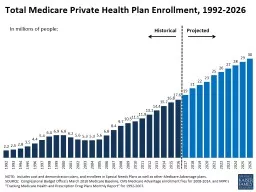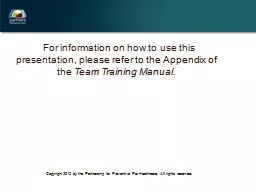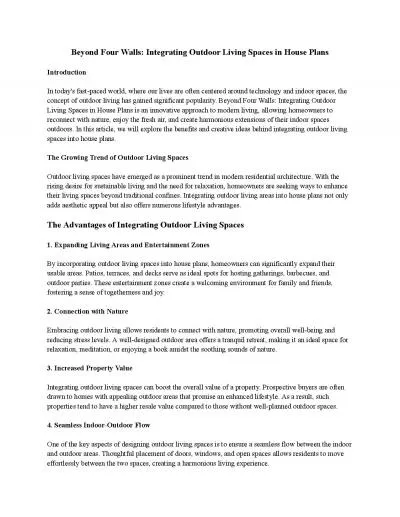PPT-From Care Plans to Care
Author : tawny-fly | Published Date : 2017-06-23
Coordination Opportunities for Computer Support of Teamwork in Complex Healthcare Ofra Amir Barbara Grosz Krzysztof Gajos Harvard School of Engineering and Applied
Presentation Embed Code
Download Presentation
Download Presentation The PPT/PDF document "From Care Plans to Care" is the property of its rightful owner. Permission is granted to download and print the materials on this website for personal, non-commercial use only, and to display it on your personal computer provided you do not modify the materials and that you retain all copyright notices contained in the materials. By downloading content from our website, you accept the terms of this agreement.
From Care Plans to Care: Transcript
Download Rules Of Document
"From Care Plans to Care"The content belongs to its owner. You may download and print it for personal use, without modification, and keep all copyright notices. By downloading, you agree to these terms.
Related Documents














